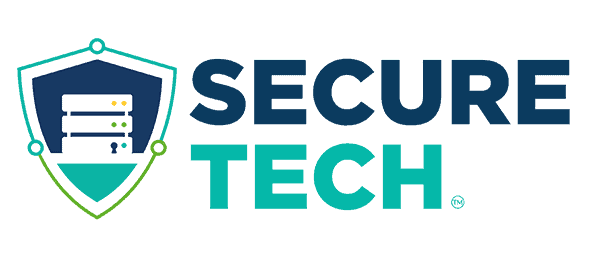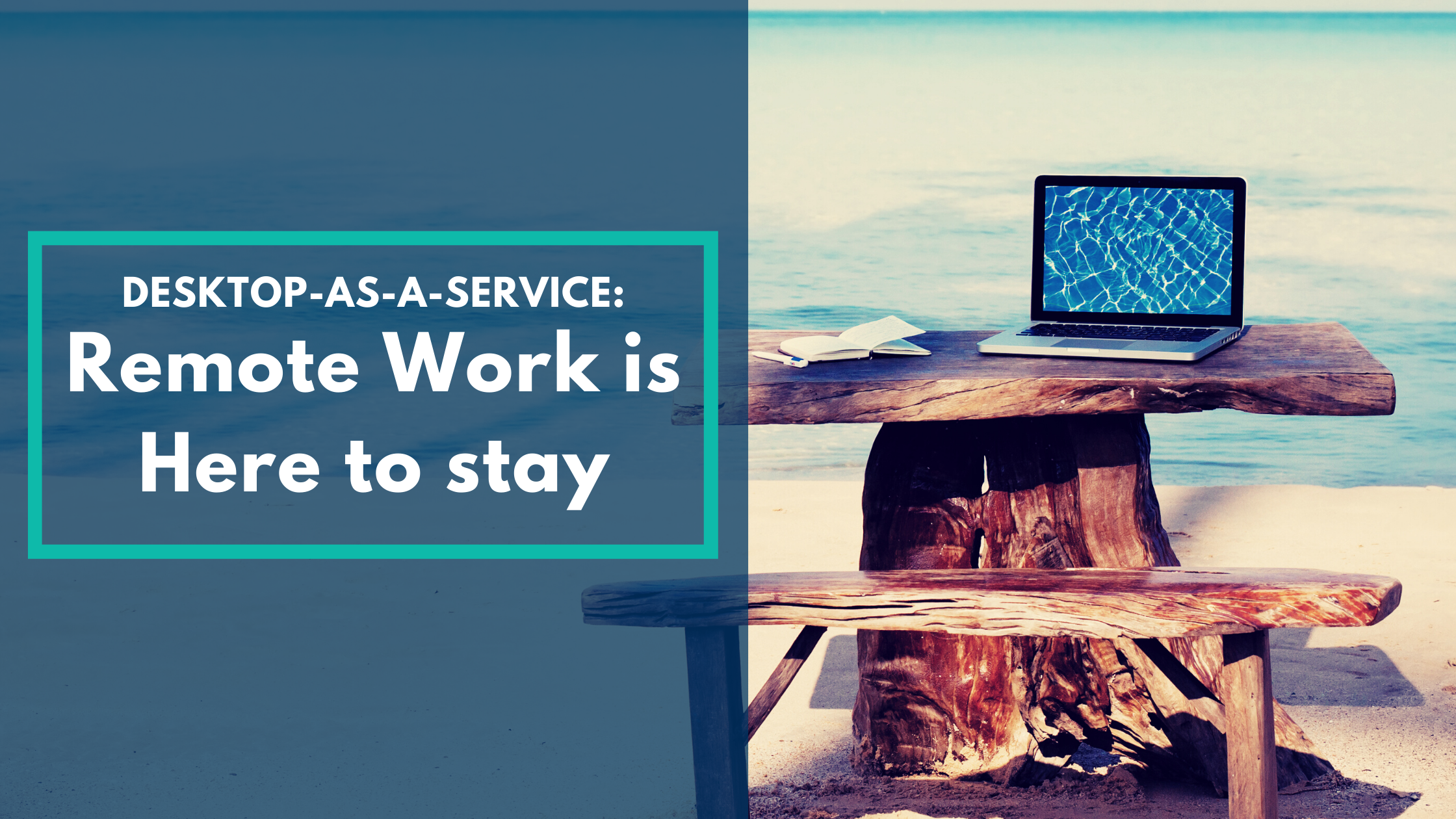Long live remote work!
The genie is out of the bag as COVID-19 has forced companies to embrace Desktop-as-a-Service for remote work. This new reality has placed a burden on companies to find a way to make it work. Check out our Blog series Work from Home Part 1 and Part 2 for more info on how to successfully work remotely.
So, the challenge for most businesses is no longer cutting-edge technology. After all, the cloud provides cheap on-demand services. What most companies lack is the ability to identify and use the right technology in the best way possible.
We need a change of mindset for remote work
The rapid shift to remote work has affected businesses because of overloaded frameworks. One way to address this problem is through virtual services. More specifically, address it in terms of on-premise servers or by engaging cloud servers. Some have included both.
When it comes down to it, without a clever approach to virtual servers, your company will face problems. To achieve a winning virtual culture, you must identify the choke points that can prevent remote technology from working. Part of that process is reviewing practices that no longer provide desired results. The following are the areas where the wheels can go off the rails.
Risks of remoting into desktops
Many businesses still use remote desktop programs for remote employee access. This reliance is thanks to solutions like Windows Remote Desktop, which is free and easy to set up. (With those benefits, it makes sense.) Sadly though, these programs contain a lot of problems and risks.
In fact, using a remote desktop is inefficient at best:
- Windows Remote Desktop can’t restart the remote computer and reconnect if something goes wrong.
- It’s prone to constant screen locks, causing frustration and slowing productivity.
- Remote desktops don’t permit multiple sessions at once.
As if these problems weren’t bad enough, hackers target remote access points over the internet. They use the remote desktop as a point of access to your server (and data). Old, unused accounts increase the surface of attack for criminals.
VPN solutions are inadequate
VPNs (virtual private networks) play a crucial role in remote work. They provide end-to-end encryption of communication between users and your servers. Still, VPN solutions are not the be all and end all for remote work.
Why? They cannot easily change in size or scale. As a result, they’re easily overwhelmed with traffic because most don’t have throttling, which limits bandwidth. What’s more, not all VPNs are safe, and some are prone to data leaks.
In light of these issues, your company faces two challenges:
- Finding a way to remove your reliance on desktops.
- Easing the traffic passing through your VPNs.
Adopting virtual desktop-as-a-service models
To address these problems, make use of virtual systems by adopting a virtual desktop framework (VDI).
This framework is hosted in the cloud and known as a desktop-as-a-service (DaaS) solution. It offers desktop operating systems like Windows. Plus, it can be customized to provide the apps your employees require.
You even have the option of hosting in your data center or partnering with a provider.
Takeaway
With these ideas in mind, you can ensure remote work is successful for your company. But it doesn’t hurt to have a little help in the process. At SecureTech, we can provide managed IT services to your company in the San Antonio, TX area. We can help you transition to a stable remote work environment with our comprehensive management, maintenance and support services.
Contact us today to learn how to make remote work work for you.

